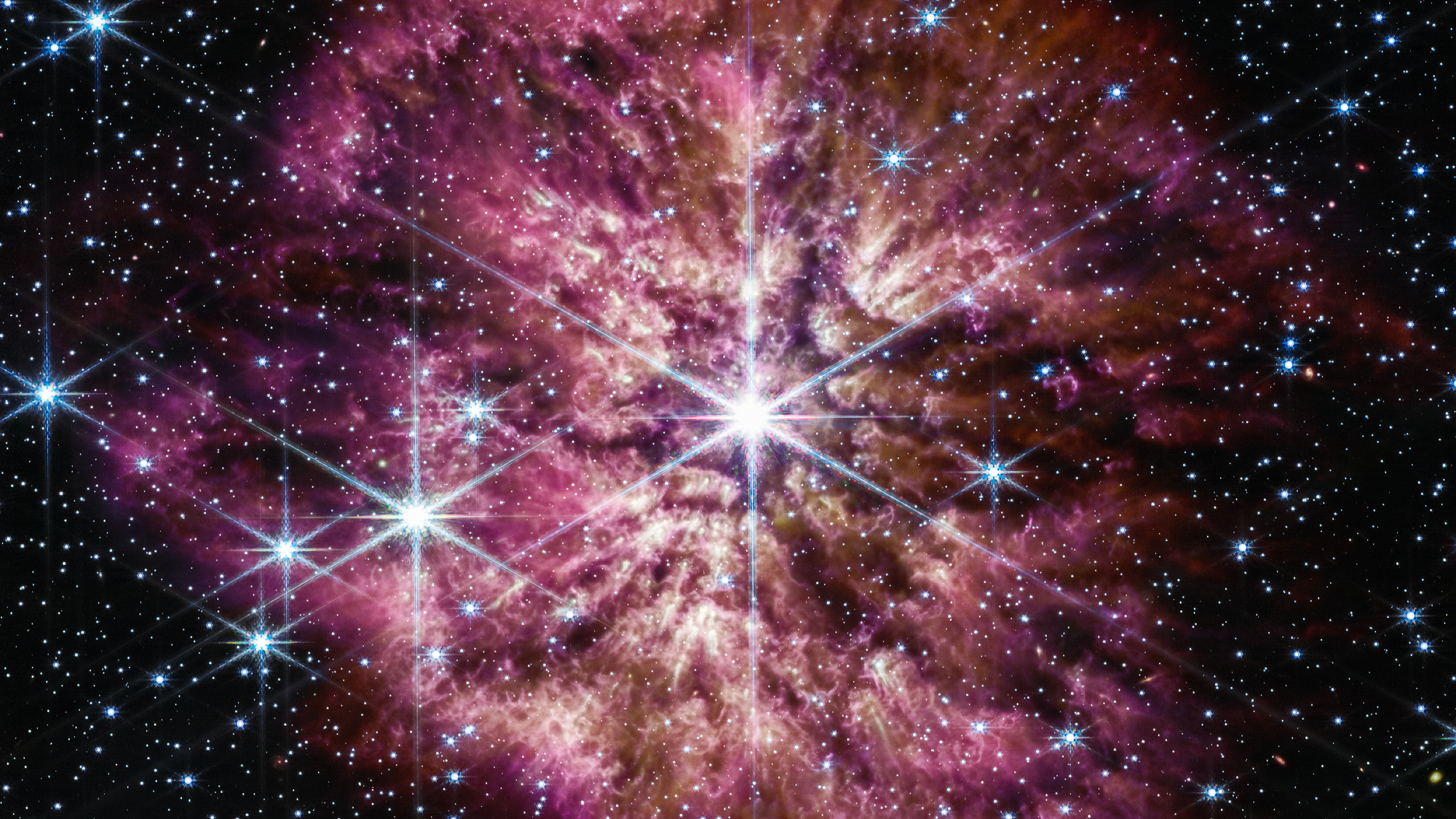
Capturing photographic evidence and gathering visual data relative to other planets, galaxies, dark matter, and star formations is a crucial part of helping scientists to understand the unknown and decipher the mysteries of our solar system.
It's been a while since we delved into the beauty of the cosmos through NASA's advanced imaging telescopes and Near-InfraRed Cameras. So let's have a little catch-up and check in on the latest assets and composites that have been released from NASA and the work produced by these amazing space instruments in 2023.
• Take a look at the best lenses for astrophotography!
Since its launch, the James Webb Space Telescope (JWST) has been gifting us regularly with the most astounding astro imagery, including the breathtakingly beautiful pillars of creation image, with the help of the Hubble Space Telescope, and not forgetting the fiery space hourglass photo and cosmic tarantula nebula image too.
Pandora's Cluster
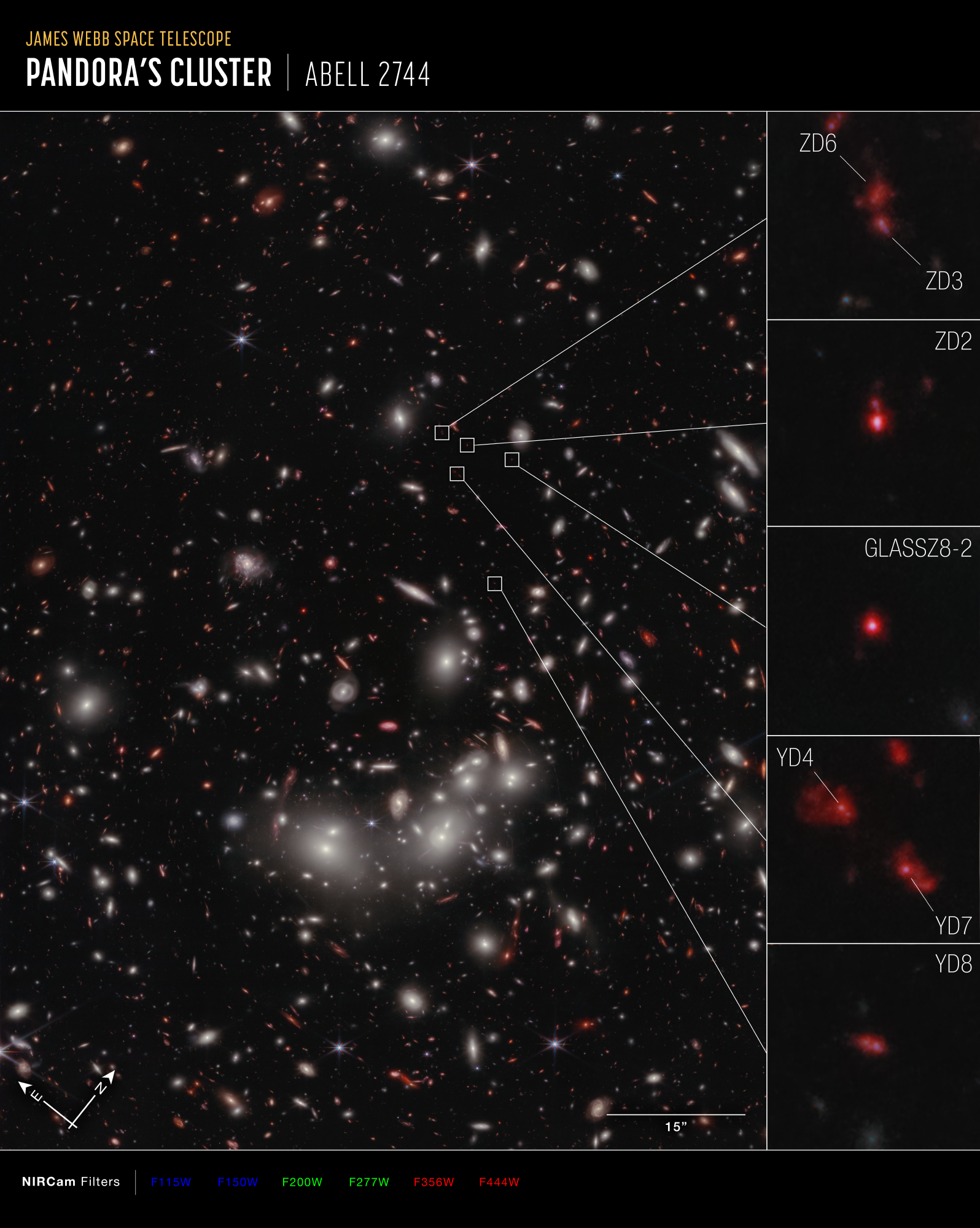
First in this batch, NASA's most recently shared was captured using the JWST's Near-Infrared Camera (NIRCam) and depicts what is known as Pandora's Cluster, Abell 2744, a galaxy protocluster. This formation comprises a total of seven galaxies thought to be created 650 million years after the big bang, making it amongst the earliest galaxies yet to be spectroscopically confirmed as part of a developing cluster.
Serpens galactic collision
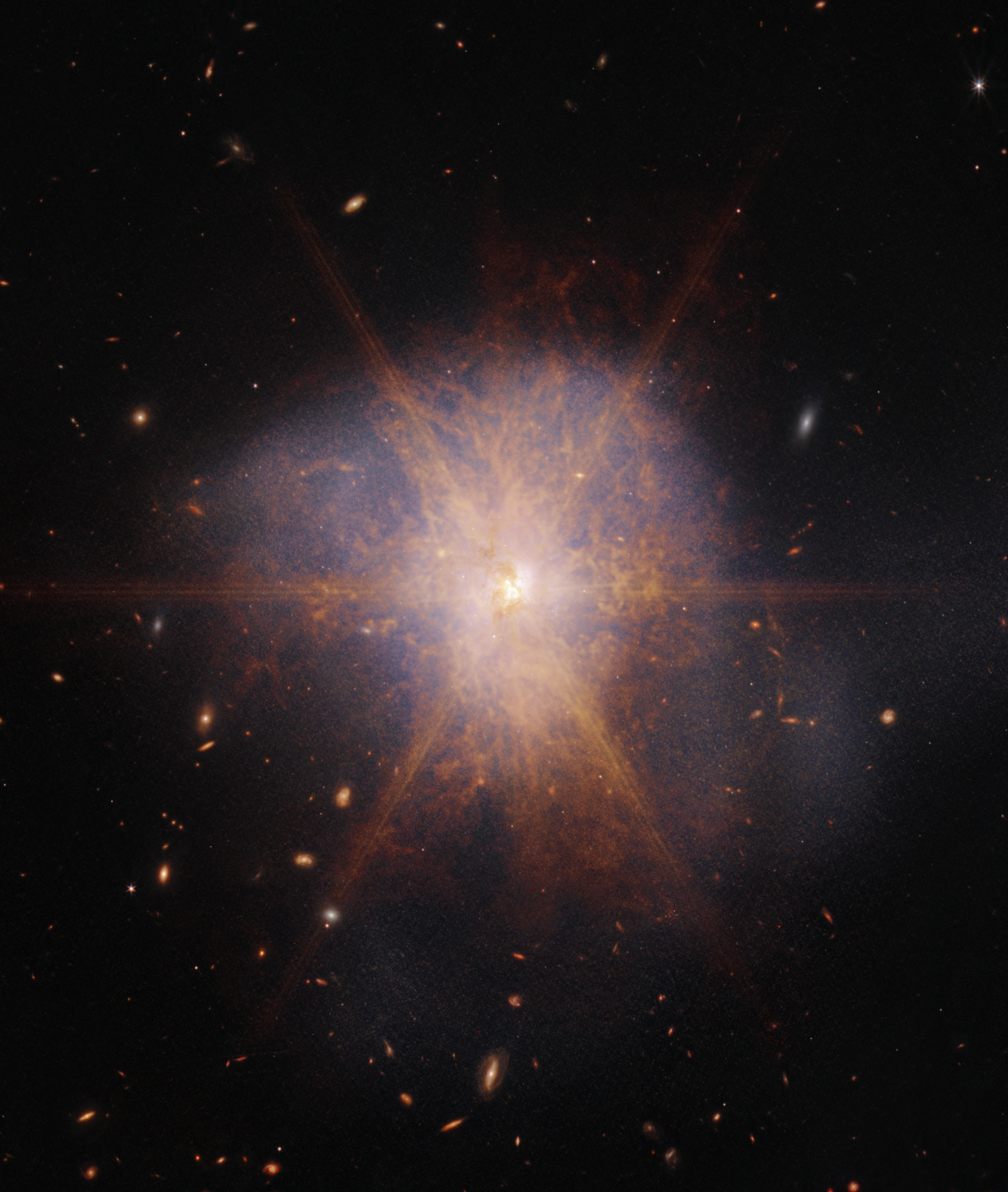
Next up is a spectacular image showcasing a galactic merger, and collision of two spiral galaxies known as Arp 220, resulting in an enormous burst of new star formation. The aftermath has been captured glowing brightly with JWST's NIRCam and Mid-Infrared Instrument (MIRI).
According to NASA, this stunning smash-up of galaxies occurred about 700 million years ago, and is in fact an ultra-luminous infrared galaxy (ULIRG), with a luminosity of more than a trillion suns! Situated in the constellation of Serpens, 250 million light-years away, Arp 220 forms part of Halton Arp’s Atlas of Peculiar Galaxies, and is the brightest of galactic mergers that have taken place closest to our earth.
Cassiopeia A supernova
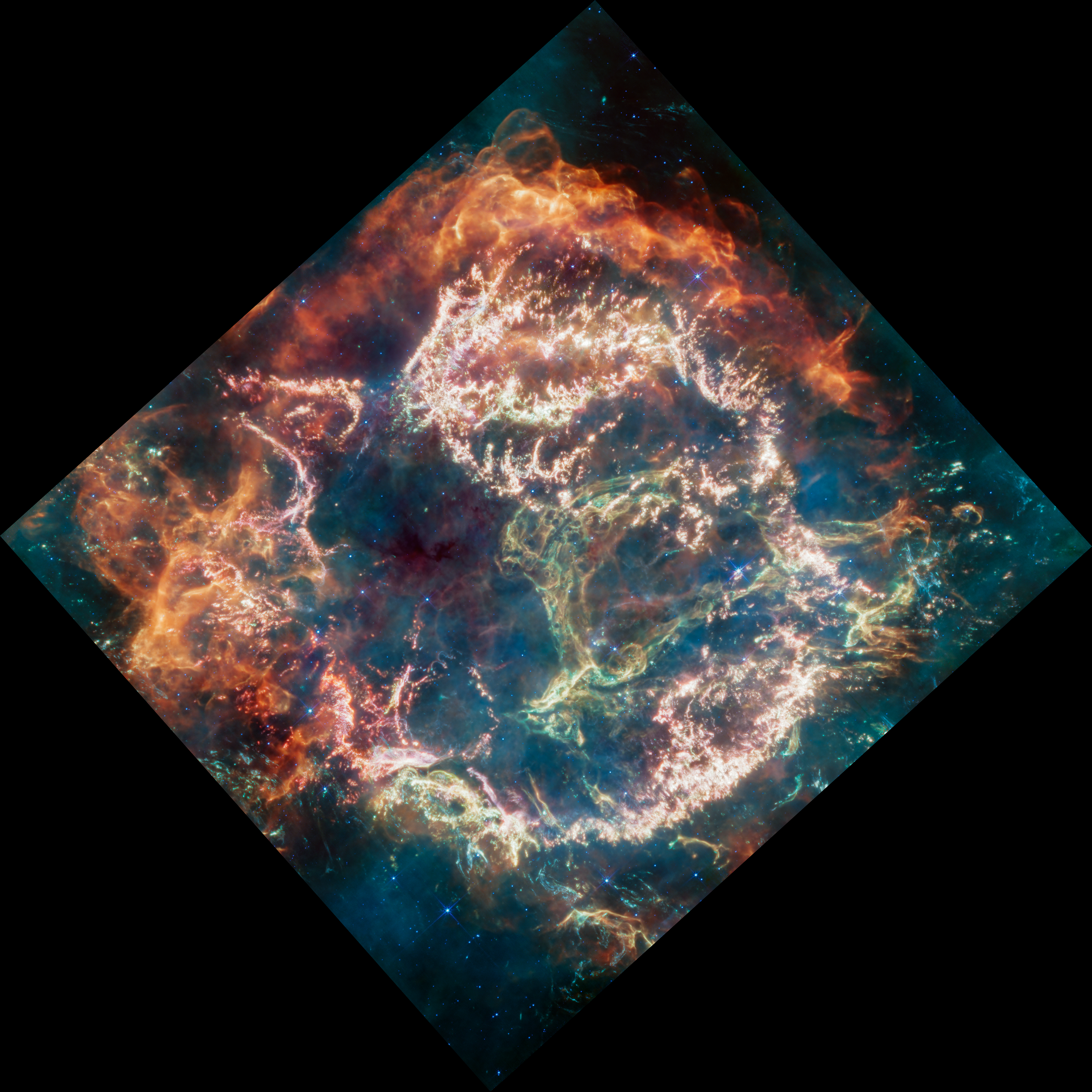
Probably the most stunning recent release from NASA this year has to be the close-up details of the prototypical supernova (star explosion) remnant Cassiopeia A (Cas A). As the result of a stellar explosion over 340 years ago, Cas A is said to be one of the youngest known supernova remnants within our galaxy, and scientists should be able to perform an intriguing stellar forensic investigation through collected data to determine the cause of the star's death.
This new mid-infrared image of Cas A will allow researchers to untangle not only what caused the dramatic event, but understand what type of star was there beforehand, and how such supernovae occur. The image shows a sort-of debris field of what remains after the impact, and infrared light is then translated into visible-light wavelengths, showing incredible detail.
But why is this so important? One Principal Investigator of the Webb program which has been used to capture these observations, Danny Milisavljevic, noted that: “By understanding the process of exploding stars, we’re reading our own origin story”.
Supernovae are crucial for understanding life, spreading core elements like calcium and iron in our blood across interstellar space, with the capability of seeding new generations of stars and planets. “I’m going to spend the rest of my career trying to understand what’s in this data set,” shared Milisavljevic.
Uranus
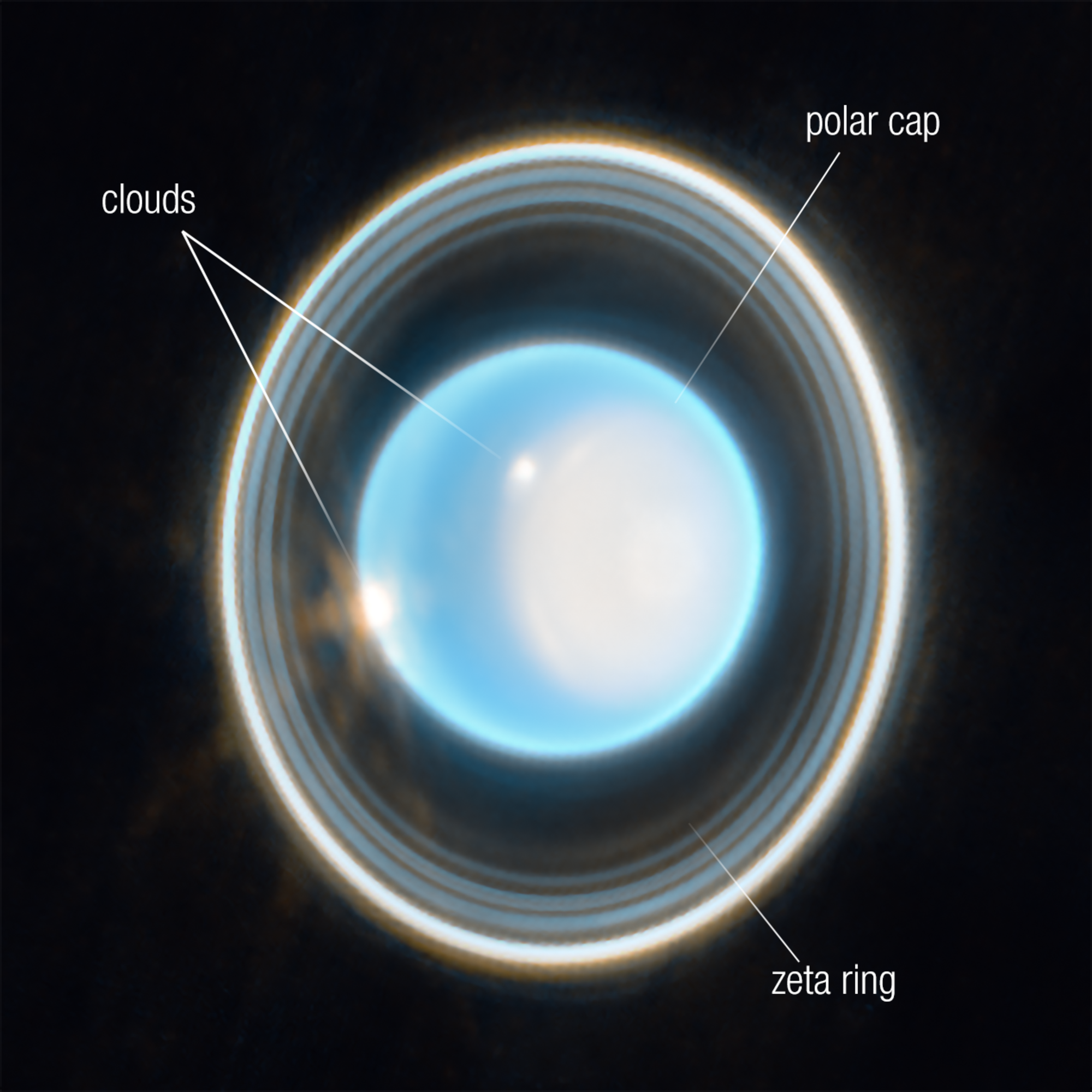
I can't think of a joke involving Uranus right now, but the JWST captured a new image of its "dramatic atmosphere." The ringed ice giant planet has been photographed in infrared and the latest image shows not only a complex system of dramatic rings but also a bright polar cap and what could potentially be storm clouds.
This is quite the change from what seemed pretty dull and lifeless when last observed, in 1986, by Voyager 2's flyby. Uranus has 13 known rings, 11 of which are visible in the image.
Wolf-Rayet 124
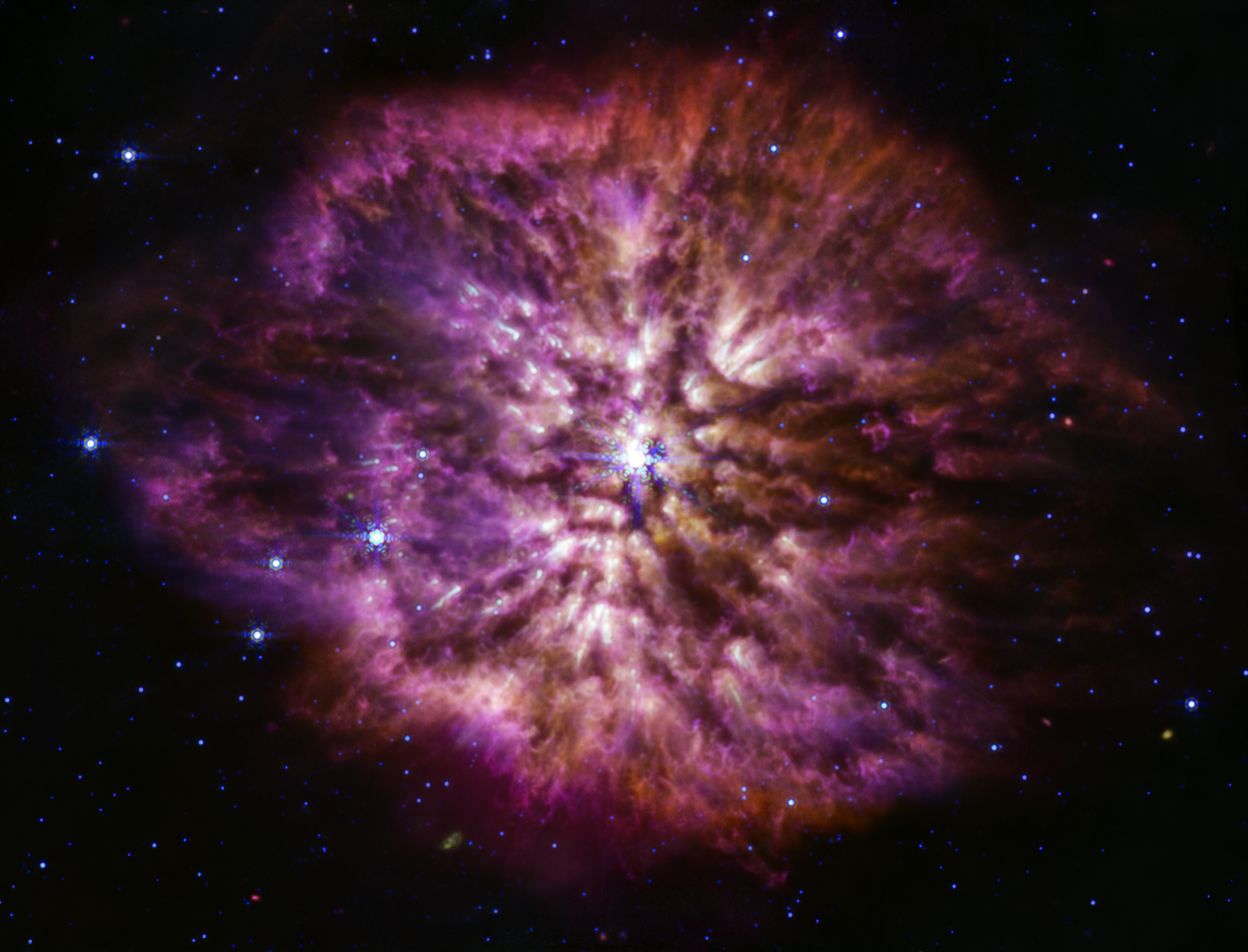
The Wolf-Rayet star WR 124, has been newly captured by the James Webb Space Telescope in unprecedented detail. A Wolf-Rayet star is actually a pretty rare sight, and the WR 124 is situated 15,000 light-years away in the Sagitta constellation.
Stars in a Wolf-Rayet state are casting off their outer layers before an impending supernova. The WR 124 in this image is framed by a halo of dust and gas glowing in infrared light as well as cosmic dust forming nebulas surrounding it.
Nebula
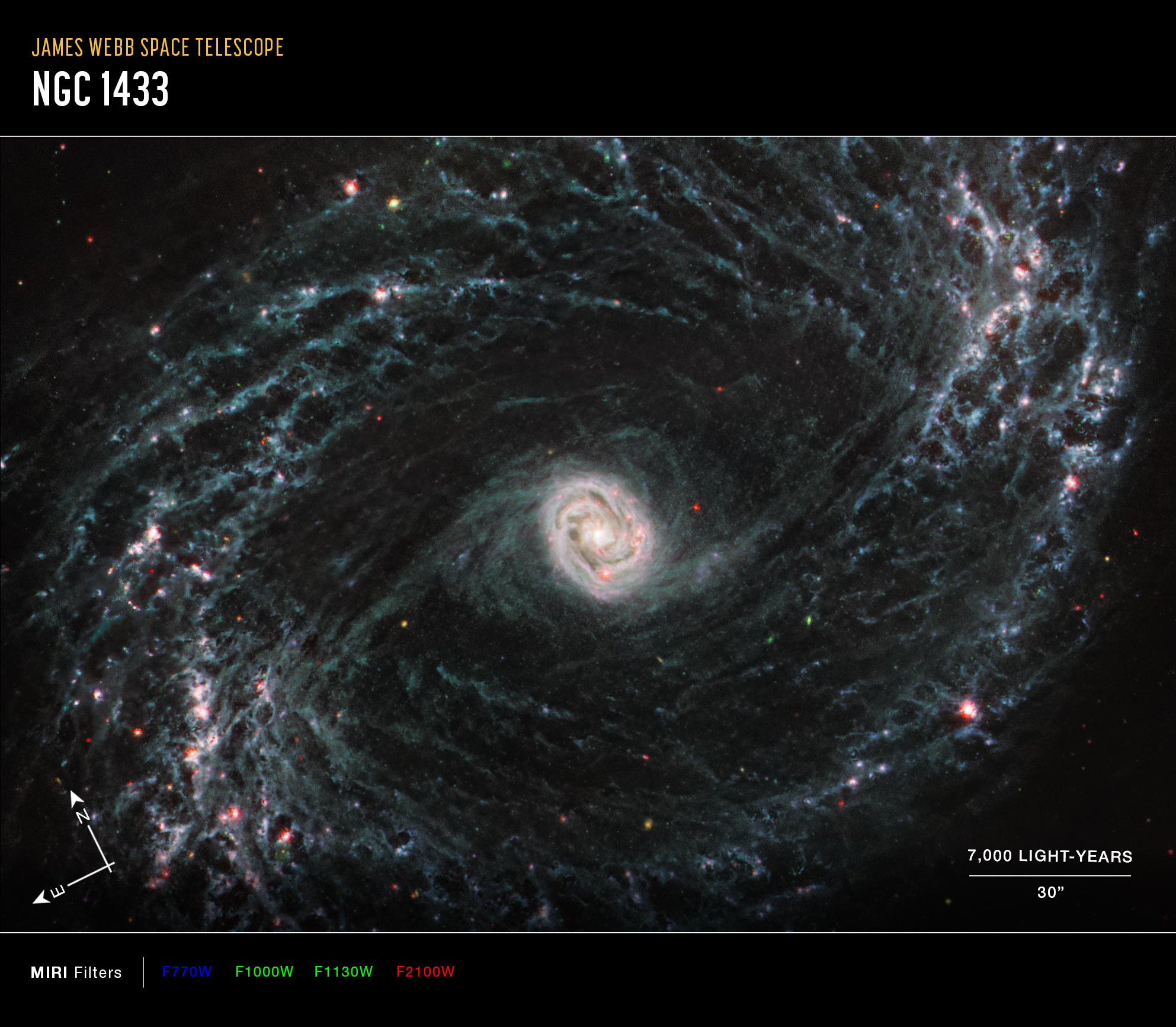
These last few images released in early February all show the intricate details of gas and dust networks within nearby galaxies, captured by Webb’s Mid-Infrared Instrument.
The images tell the story of how young, newly forming stars actually influence the structure of gas and dust from nearby galaxies, and how this evolves over time, impacting the evolution of galaxies, the largest objects in our cosmos.
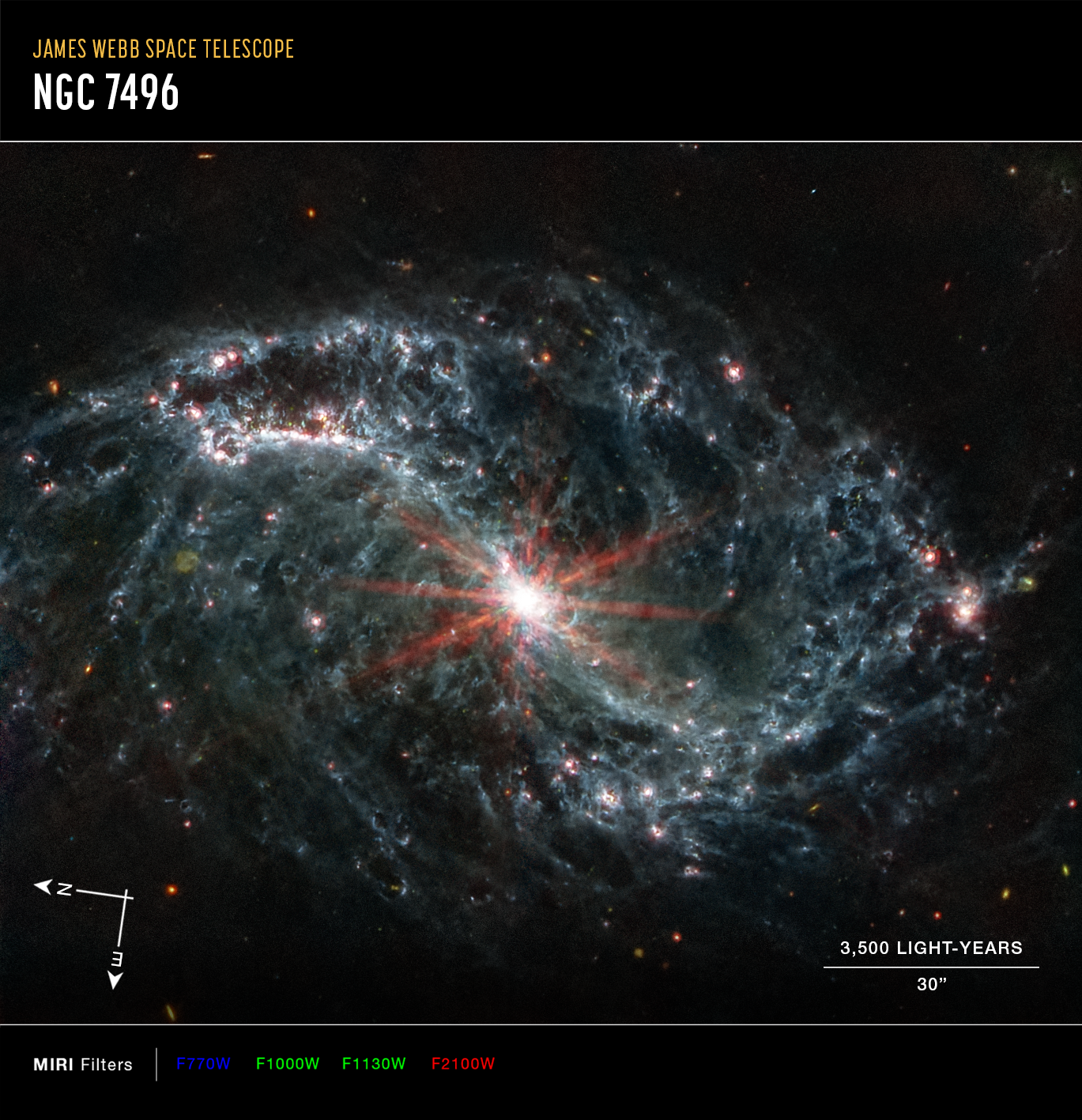
High-resolution imaging is needed to fully study and appreciate these structures, which long evaded astronomers until the Webb telescope infrared technology came along. These galaxies once appeared dim and dark pre-Webb, but now under the telescope's infrared eye piercing through the dust, they can be seen as glowing cavities with unprecedented resolution at infrared wavelengths.
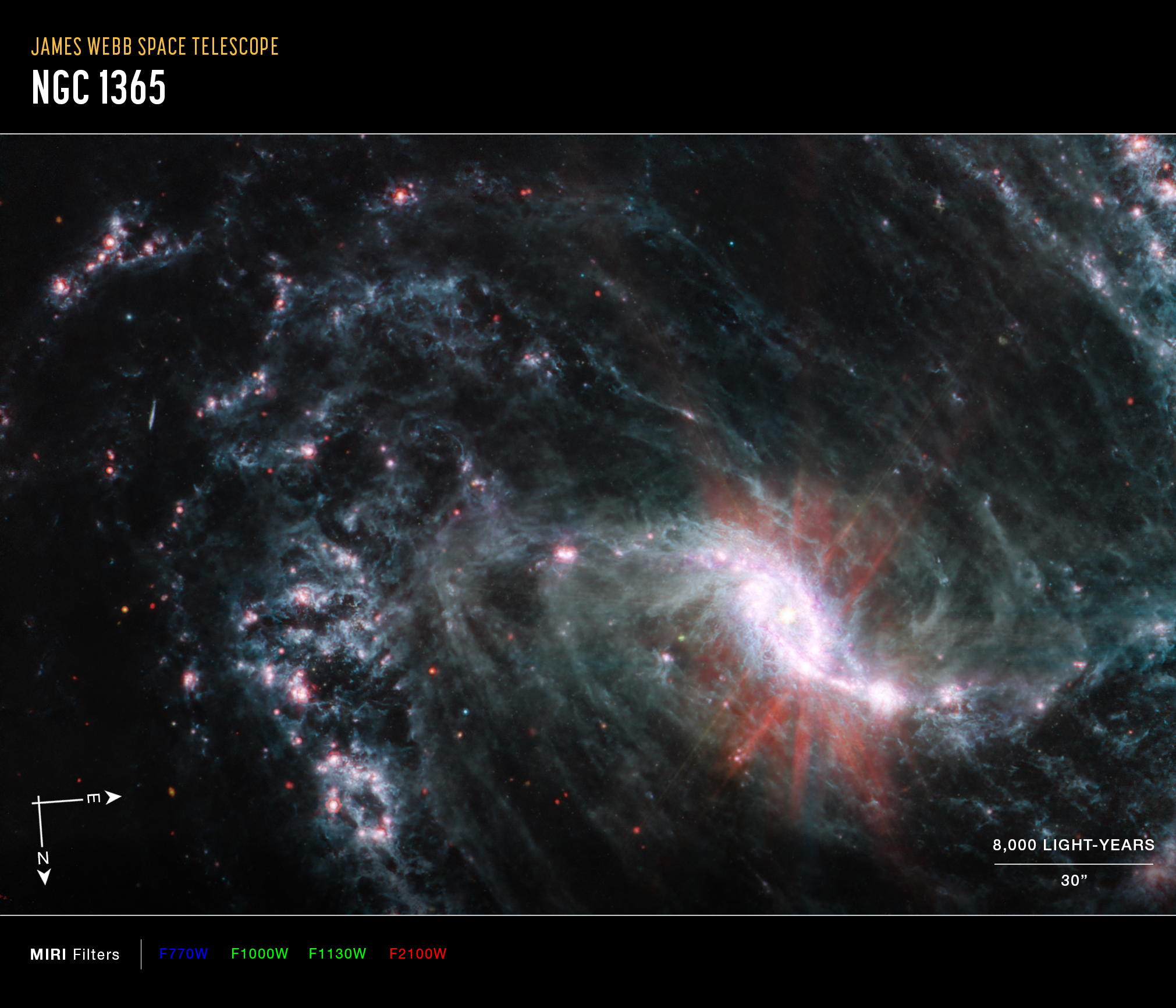
A research team comprising over 100 scientists from around the globe has been observing these images in a survey of nearby galaxies, and in turn astounding astronomers with the findings. “We are directly seeing how the energy from the formation of young stars affects the gas around them, and it’s just remarkable”, shared a team member from the University of Alberta, Erik Rosolowsky.
If you want to keep up with the latest image releases, head to the James Webb Space Telescope gallery, where you can see all of Webb's first images and learn more about what they depict. NASA will be launching new images at least every other week.
• You might also be interested in the best telescopes for astrophotography, as well as our picks of the best cameras for astrophotography, or more specifically the best CCD cameras for astrophotography.
• Do you need one of the best star tracker camera mounts for astrophotography? Or perhaps you might benefit from the best astrophotography software optimized to help you post-process your starry sky images.







